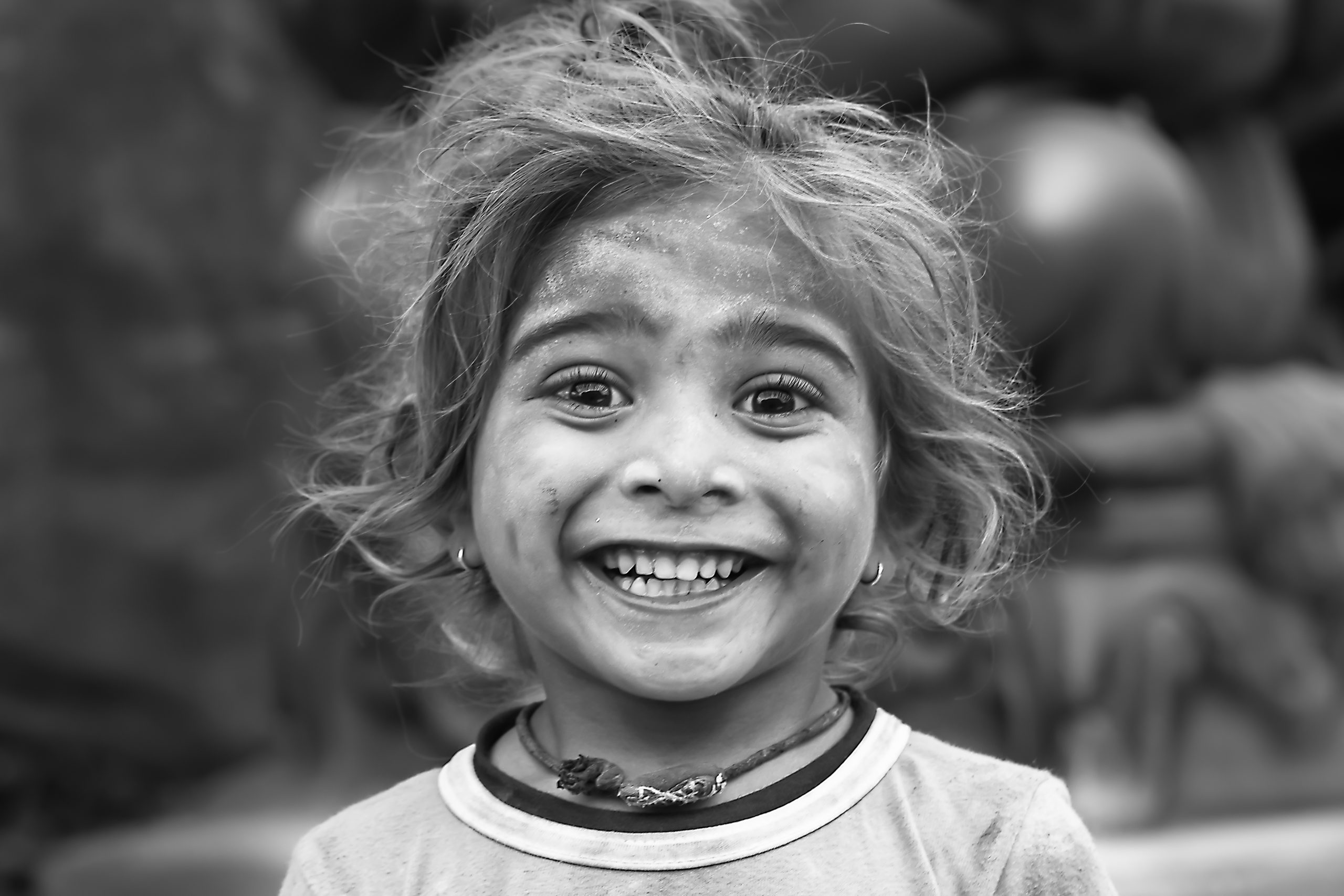WHY CHILDREN?
40% of India’s population is below the age of 18 years which at 472 million is the world’s largest child population. The Convention on the Rights of the Child defines a “child” as a person below the age of 18, unless the relevant laws recognize an earlier age of majority.
There statistics stating that
- 33 million child labourers go to work instead of school – (Census 2011)
- 1 of 3 child brides in the world is from India – (UNICEF 2014)
- 2 of 3 child deaths, below the age of 5, are caused by malnutrition – (UNICEF 2019)
- 32 million Indian children of age up to 13 years have never attended any school, the majority of them belonging to the socially disadvantaged class. ((NSSO 2014)
- Only 42.5 percent of children in grade three can read a grade one text out of 100 students, 29 percent of girls and boys drop out of school before completing the full cycle of elementary education, and often they are the most marginalized children. (SRI-IMRB Surveys, 2009 and 2014)
- Half of primary school-going children – which constitutes nearly 50 million children – not achieving grade appropriate learning levels (National Achievement Survey, NCERT 2017)

